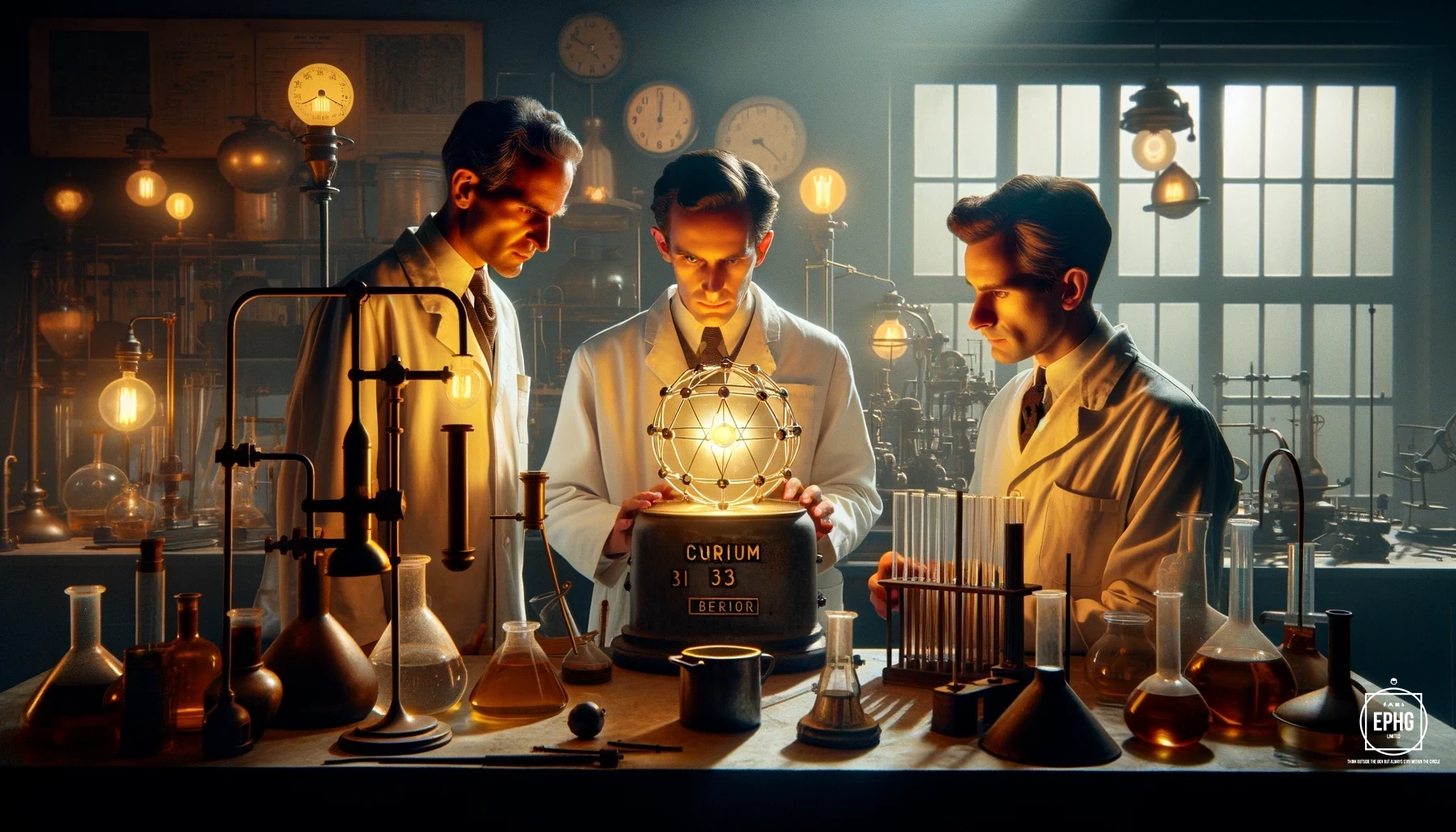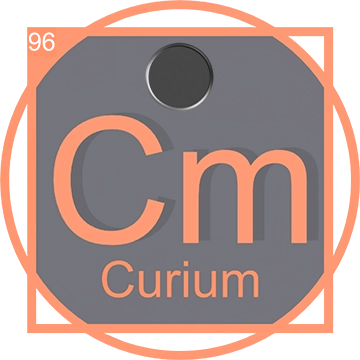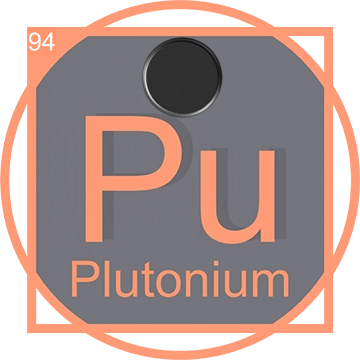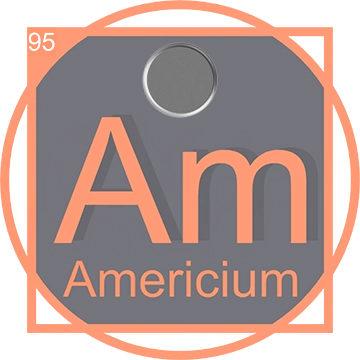Understanding Curium (Cm): A Pillar in the Periodic Table
Discovery of Curium
Curium, symbolized as Cm with atomic number 96, is a significant radioactive element in the world of nuclear science. This transuranic member of the actinide series was first discovered by Albert Ghiorso, Ralph A. James, and Glenn T. Seaborg in 1944 at the University of California, Berkeley. Named after the renowned scientists Marie and Pierre Curie, Curium was identified during the experiments that contributed to the Manhattan Project.

Curium in the Periodic Table
Located in the actinide series of the periodic table, Curium plays a crucial role in the study and understanding of synthetic and unstable elements. Its position reflects its electron configuration and hints at its complex chemical behavior, which is pivotal for researchers studying the properties and reactions of radioactive materials.
Scientific Significance of Curium
Curium is primarily used in scientific research due to its powerful alpha emissions. These properties make it invaluable in areas such as neutron radiography and in medical science as a potential source of energy in radioisotope thermoelectric generators, commonly used in spacecraft. Despite its radioactivity, Curium's contributions to science — particularly in cancer treatment research and as a calibration source for radiation detection equipment — are profound.
Applications and Impact

Despite its scarcity and the challenges associated with its radioactivity, Curium has practical applications in various scientific fields. Its ability to produce high-powered alpha particles is utilized in both medical and industrial applications, underscoring its versatility and the ongoing interest in further research and development surrounding this element.
How Curium is Produced
Curium is not found naturally in the environment but is a synthetic element produced in nuclear reactors. The most common isotopes, curium-242 and curium-244, are produced by bombarding plutonium with neutrons in high-flux nuclear reactors. This process involves a series of neutron captures and beta decays, starting from heavier elements in the periodic table such as americium, plutonium, or uranium.
Sources and Associated Elements

Since Curium is a man-made element, it is not mined from any natural sources. However, elements used in the production of Curium, such as uranium and plutonium, are mined from various locations around the world. These elements are typically found alongside other actinides and sometimes rare earth elements, depending on the geological site.
Modern Applications of Curium
Today, Curium is primarily used in scientific research. Its most significant application is in alpha-particle X-ray spectrometers, which are used in planetary exploration missions to analyze the composition of surface rocks and soil. Curium-244, a powerful alpha emitter, is used in these devices to induce X-ray fluorescence from sample materials. It is also used in medical science, particularly in the development of new treatments for cancers, leveraging its radioactive properties to target and destroy cancer cells.
Future Prospects of Curium

The potential applications of Curium in the future are vast, particularly in the fields of medicine and energy. Scientists are researching its use in radioisotope thermoelectric generators for long-duration space missions. Furthermore, ongoing research into targeted alpha therapy could revolutionize cancer treatment, using Curium isotopes to deliver precise radiation doses to tumor cells, minimizing damage to surrounding healthy tissues.













